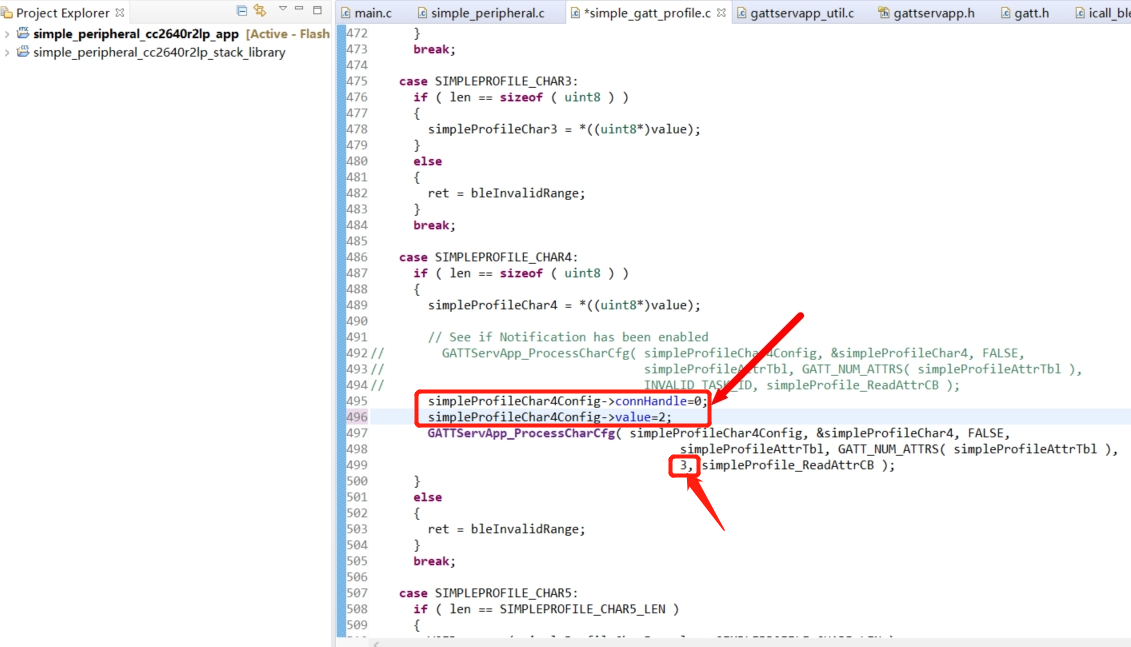Hi Team,
My customer uses CC2640R2F with SDK version 3.30. BLE 4.2.
In Simple Peripheral project, a characteristic is defined "GATT_PROP_NOTIFY"(char 4). But on the phone app side, they "enable" its "indication" (write 0x0002 instead of 0x0001 to its CCC). Then from sinffer logs, they can see char 4 can send indication.
It's not a proper operation from application layer(you should not use "indication" on a char that is defined for "notification"), but seems in this case, "GATT_PROP_NOTIFY" property is not really working down there in the stack. If the char is notify property, then the stack should prevent this behavior to be happening even if application layer try something improper, correct?
Any ideas?
Thanks!


